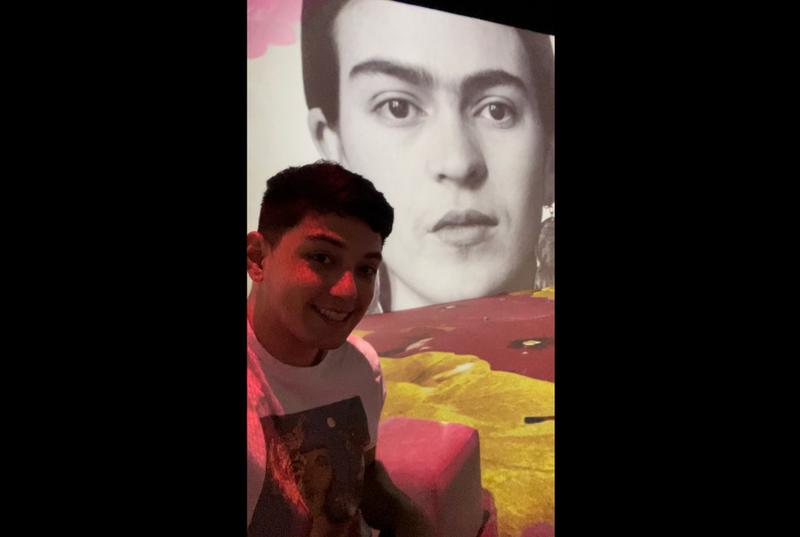Fellowship Spotlight: Watson Fellowship 2022
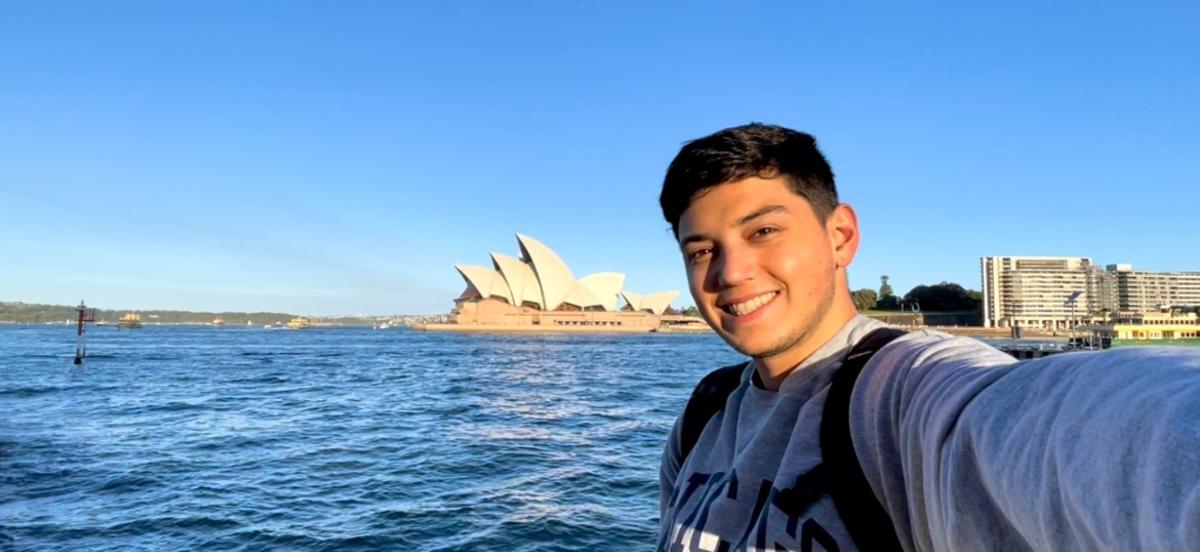
Details
A Watson Fellowship grants a young professional one year of independent exploration around the world to pursue a project of personal meaning. Brandon was chosen for a grant in 2022.
Why did you apply for the Watson? What did you find meaningful about the application process?
Although I officially started preparing for the Watson application in the summer before my senior year, my application was really three years in the making. I was fortunate to have crossed paths with Maurice Rippel who was a senior and an important mentor of mine during my first year. When he became a Watson fellow, the fellowship landed on my radar and never left – I knew that when my time would come that I would also be applying. From then on I pretty much attended all the CCPA info sessions on the fellowship where there were usually current or past fellows present to talk about their applications and their experience.
When senior year rolled around and I began to think seriously about my post-grad plans, I knew that whatever I did, I wanted to continue learning about Latine migrant communities like my own, and the critical role that expressive cultural practices played in shaping them. In my senior year, as I worked on my year-long thesis and applied to graduate schools, working on the Watson application was a mission and a half. Thankfully, I had a lot of help from the CCPA, and especially from the team that Amy Feifer assembled who helped me revise my writing and prepare for the official interview.
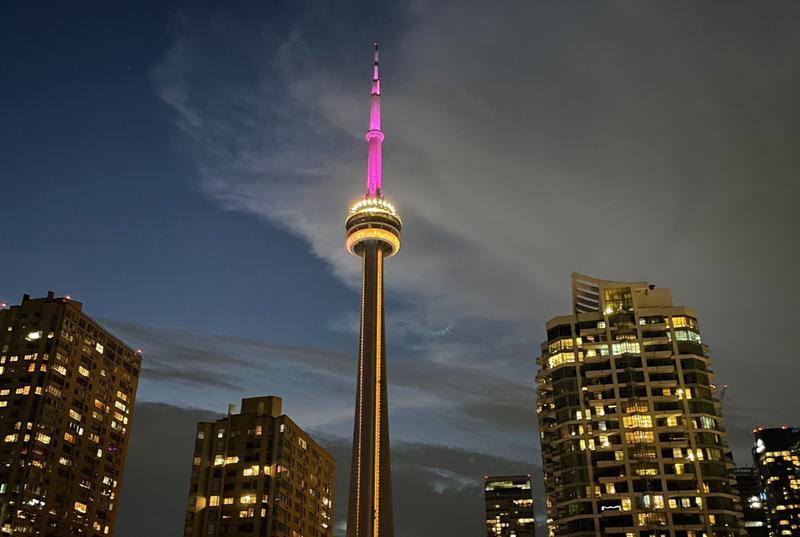
The most meaningful part of the application process was getting to reflect on my passions and refining the way I communicated these interests. After almost two decades of school, getting to let your creativity run wild as you imagine what you’d do if money, school, or work responsibilities weren’t an issue is a really special thing. I think we get conditioned to always think about what’s next in our lives and how we’re elevating our professional and academic careers or personal brands, so the Watson fellowship creating that space to imagine what we’d do outside these confines is an eye-opening experience. This experience of crafting a project based entirely on what brings me the most excitement and joy has continued to guide me as I’ve begun my own journey into creative expression, in the form of music production, and has played a major role in shaping what I plan to study in graduate school.
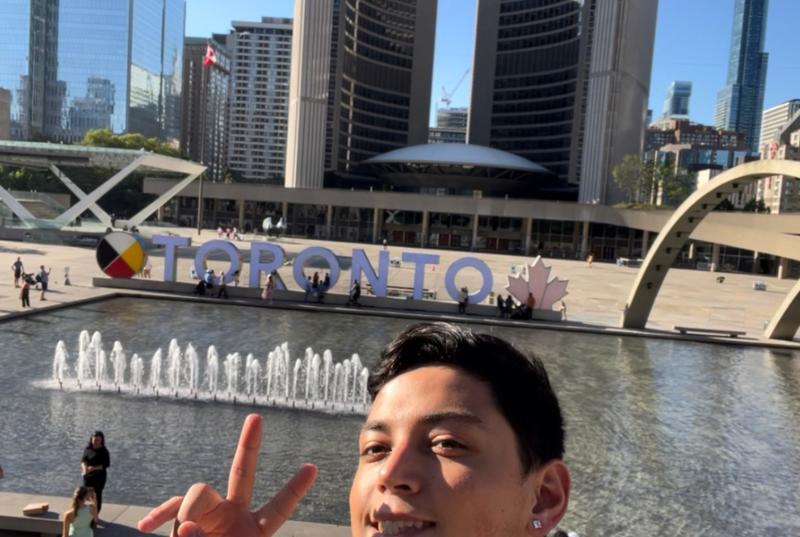
Tell us a bit about your project and travels. How did you choose which countries to visit?
I came to my topic through a process of visualizing all of my commitments in and outside of the classroom and identifying what tied these interests together by asking what about them, or my motivations for pursuing them in the first place, was similar? I have Jason Chan to thank for helping me realize that at the heart of a lot of experiences was a desire to build communities and promote generative and joyful spaces. Close to these truths are my strong pride in being from Mexican Chicago and my lifelong fascination with Hip Hop and Regional Mexican music. Out of these different elements came my project: exploring Mexican community, identity, and culture around the world through the lens of music.
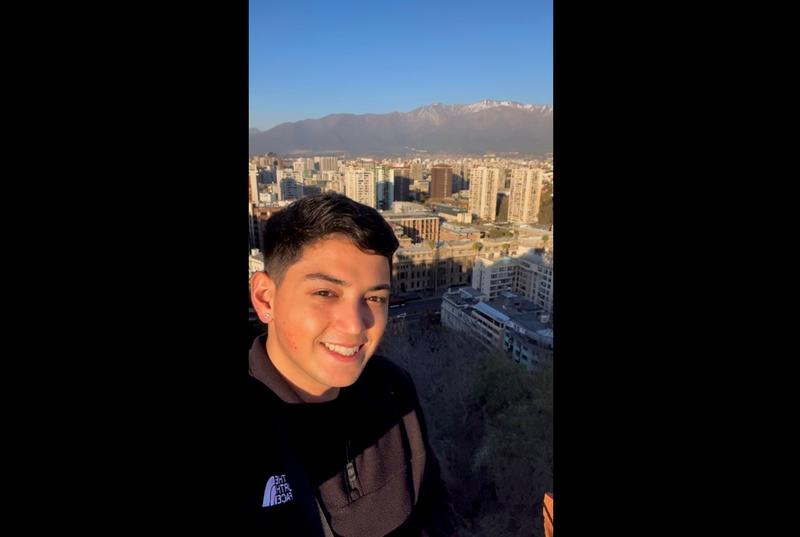
Next, I had to identify where outside of the U.S. Mexicans were migrating to and establishing communities. I thought this part would be a lot easier, but to my surprise, the research on Mexican migration outside of the U.S. was relatively scarce and, in many instances, the data was conflicting. Nevertheless, I arrived at a list of top destinations, which I then continued to narrow by focusing on maximizing diversity through consideration of qualities like city demographics, environment, political histories, and economic conditions. My final list would put me in six countries across five continents: Canada, Chile, Spain, Germany, Japan, and Australia. Growing up in Chicago – the birthplace of duranguense, house, drill, gospel music, and urban blues – I knew that cities played a critical role in facilitating the exchange and evolution of cultural traditions and practices. Thus far, across Toronto, Santiago, Madrid, and Sydney, Mariachi reigns supreme, although I’ve witnessed incredible investment and innovations to Mexican ranchera, banda, cumbia, tejano, rock nacional, and Chicano rap. From the dozens of ranchera and tejano bands performing on the outskirts of Santiago every weekend to the Sydney-based Mariachis going on nationwide tours, Mexican music flourishes everywhere and continues to be reshaped by local communities, even in the absence of large Mexican populations.
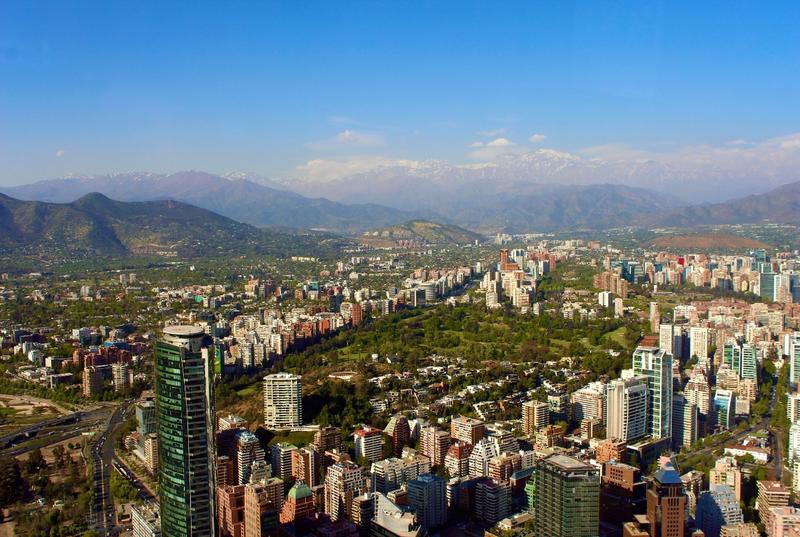
What have you learned about yourself and/or the world through your Watson experience so far?
In the absence of any school or work responsibilities, I’m blessed to have had so much time to dedicate to myself and to invest in hobbies and interests that I could never make time for before. As one might imagine, you spend a lot of time just wandering through new environments, exploring new cultural landscapes and sociopolitical dynamics, and talking to people from all walks of life – and in the process, reflecting on your relationship to the world. It’s a dramatic shift in pace. Among some of my greatest personal areas of growth has been the process of rethinking and reimagining my relationship to productivity. As a result of my somewhat unique educational trajectory, I’ve become accustomed to employing unhealthy strategies to help me work through my anxieties, especially when it came to how I presented myself to teachers, employers, friends, and family. In short, I haven’t always done right by myself, and while it’s impossible to deconstruct tendencies that are over a decade in the making in just one year, I’m very grateful for the space the Watson has provided me to at least start my healing journey on this front, and on many others.
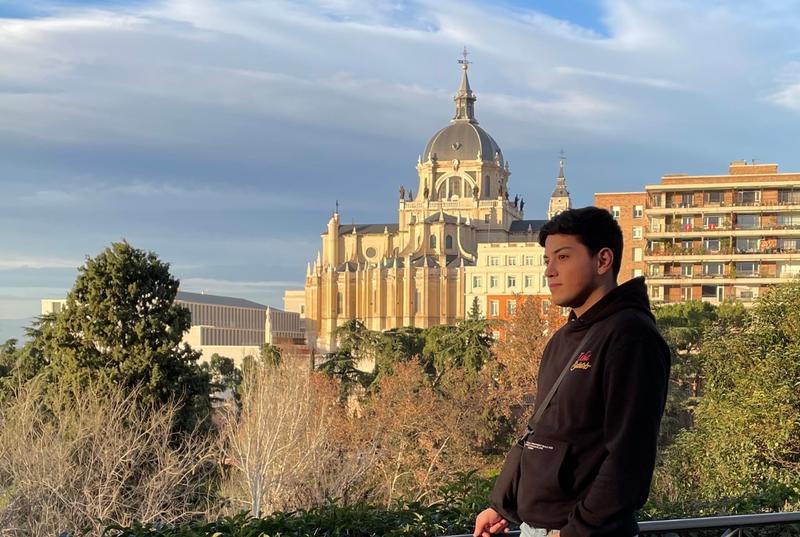
Through my Watson experience, I’ve become increasingly aware and appreciative of the way that art surrounds us in our day-to-day life – influencing our moods, political attitudes, the way we dress, and even how we engage with each other – perhaps more than most of us even realize. Like other art forms, music communicates in a universal language that transcends time and space, and in the process, empowers communities by sharing their styles, histories, values, and traditions.
Mexican rancheras and corridos especially provide me with an avenue to connect and learn about the histories and ways of life of my ancestors, who lived deep in the mountains of Michoacán, Mexico for centuries. The sounds and messages of more contemporary styles of duranguense, corridos tumbados, and chicano rap resonate in their characterizations of the Mexican American experience, and it is an important way for me to connect with a diaspora that’s over 37 million people strong. In the same vein, music is an important tool in building and nourishing communities of migrants and their descendants elsewhere. From the Colombian DJs mixing Champeta, Highlife, and Soukous in an abandoned Chinatown cinema in Sydney, to the Indigenous Ecuadorian band showcasing Bomba, Rumba, and traditional Andean Native music in a community center in Toronto, these artists carry with them the power to electrify the crowds that come to see them, engulfing entire audiences in feelings of comfort, nostalgia, joy, sadness, and ultimately pride.
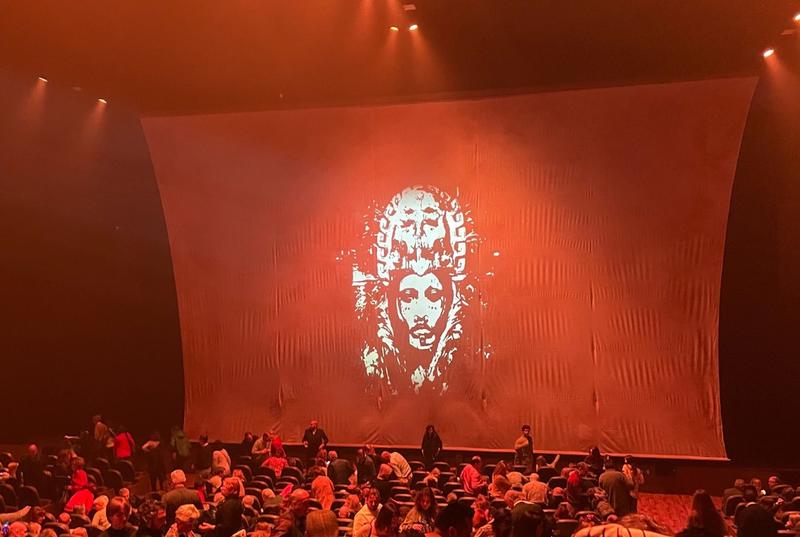
Artists and the music scenes they co-create with their listeners are critical mediums for both facilitating a sense of belonging and for transforming traditions to reflect the experiences in these new environments. In the same way we might trace the journey of food and cuisines via foodways (shout out to Prof. Talia Young), I’ve learned to see music not as stand-alone products that live and die in our Spotify playlists, but rather as generations in musical family trees. The music produced by your favorite artist has likely gone through decades of transformation, passing through the hands of people from various cultures, time periods, and traditions – each of these artists changing the genres and styles ever so slightly, pouring as much passion, energy, and creativity into these songs as the next. Since the originating communities of emerging or popular styles aren’t always appropriately credited or respected, as both creators and consumers we have a responsibility to learn and appreciate the roots of even the most heavily transformed or hybridized music styles.
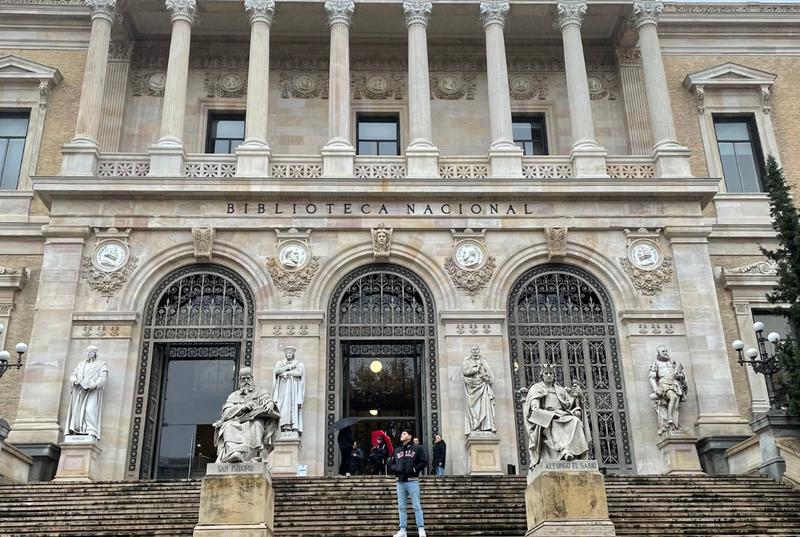
What’s a moment or experience you didn’t expect or you’ll never forget?
The first memory that comes to mind is the first time I ever heard cumbia ranchera-tropical. Before arriving in Santiago de Chile, the capital and largest city of Chile, I had already read that Mexican rancheras had a significant cultural impact on the country’s musical landscape since their introduction via Mexican films in the 1930s and 40s. I had even heard that musica ranchera was considered a part of Chilean national identity, and as a fan myself, I knew I had to tap into this music scene. It took a while to find artists and venues in Santiago, but once I found my first event flier online, I felt like the floodgates to the ranchera-listening community just burst open. Among the most popular venues in Santiago was Pauly’s Restaurant in San Ramon, on the south side of the city, which was throwing events from Friday to Sunday every week. I made plans to go one weekend, and although it was kind of a mission to get to by public transportation, I knew I was in the right place when I was nearing the venue and I walked past a parking lot filled with men wearing sombreros vaquero, sipping away at their canned beers and admiring a pair of horses.
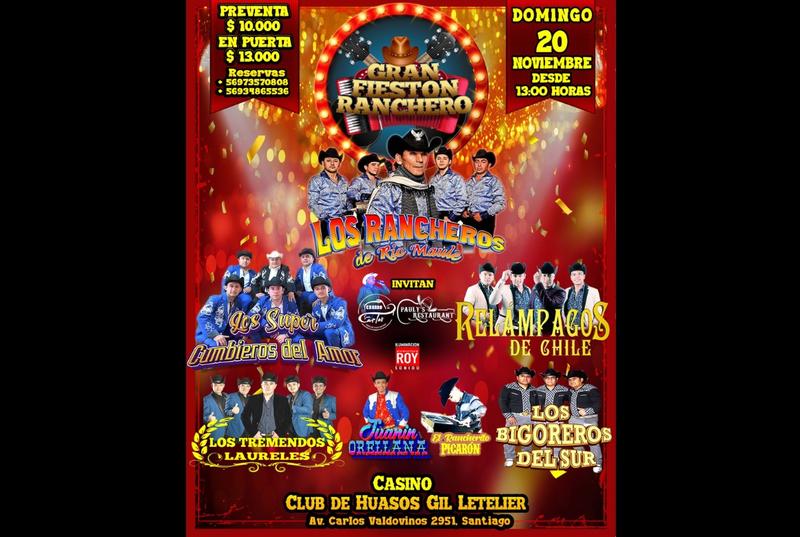
When I walked into the venue, Los Bigoreros del Sur was on stage with blue and pink lights spinning quickly around them as they looked over a dance floor teeming with life. I wasn’t dressed for the occasion, but even then I remember feeling enveloped in a sense of comfort and familiarity at the sounds of drum and accordion patterns similar to those in the Mexican rancheras I grew up listening to at family parties, though something was clearly different. Mixed into these sounds were the guiro rhythms characteristic of cumbia. While cumbia originated among African slaves on Colombia’s north coast in the 1800s, artists across Latin America have since developed various distinct and popular subgenres, including in Mexico and Chile. Chilean cumbia has been around for some time, but cumbia ranchera-tropical only came about in 2004, a creation of Los Charros de Lumaco. I was instantly hooked by the combination. It was totally unexpected, so it felt like a breath of fresh air listening to how these two distinct genres had been reimagined and then combined by Chilean artists. I was mesmerized by the music the entire night as I watched group after group perform their own spin on the genre – a beautiful blend of Chilean, Mexican, Colombian, and Argentinian influences.
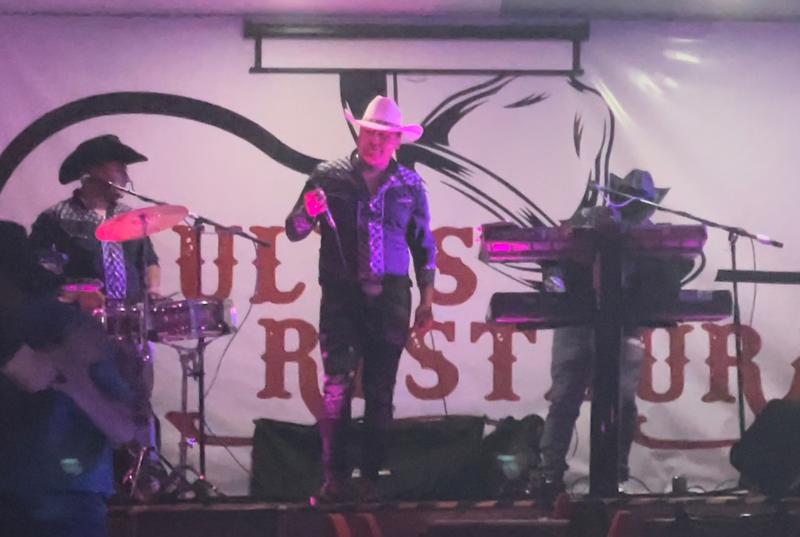
What advice or encouragement do you have for prospective applicants?
The idea of putting together a Watson project proposal sounds daunting until you realize that you already have all the pieces to the puzzle, you just gotta put it together. As a Watson fellow, you’re pursuing something you’re genuinely passionate about. I like to think that nine times out of ten, a fellow’s project is something – or in my case, a combination of a lot of somethings – they’ve already felt strongly about for some time. My project had everything to do with my community, my identities, my upbringing, and a form of cultural expression I already engaged with every single day. Your topic is probably the thing you think about on day three of summer break and the part of your self-care routine you love most. It’s what you really want to do at noon on a Saturday and that childhood memory you think about twice a month. It’s what keeps you up most nights and also the reason you joined ten clubs your first year. My point is that you already know, in your heart, what it is you’d want to do in a year of unrestricted self-driven exploration. You just gotta dig a little!
